
July 2017
- HEAD PROTECTION: Preventing Traumatic Brain Injury: Protective Measures from Head to Toe
- FALL PROTECTION: Before the Fall: Recognize Fall Hazards and Conduct Training to Prevent Incidents
- FALL PROTECTION: Plan Ahead to Get the Job Done Safely
- INDUSTRIAL HYGIENE/HAZMAT: Dealing with Industrial Workplace Spills
- RESPIRATORY PROTECTION: Emergency Escape Respirators
- EMERGENCY EYEWASH & SHOWERS: All-Important Equipment When Seconds Count
- GHS/SDS: GHS HazCom Training is More Important Than Ever
- GHS/SDS: Best Practices for Safety Data Sheets
- GHS/SDS: Revisiting GHS Label Compliance One Year After OSHA's Deadline
- CONSTRUCTION SAFETY: Fatality Investigation: 22-Year-Old Laborer Killed in Trench Collapse
- CONSTRUCTION SAFETY: Innovating for a Safer Workforce
- COMBUSTIBLE DUST: Analyzing Your Dust Hazards
- EMERGENCY RESPONSE: Six Emergency Response Habits Employees Need to Develop
- FACILITY SAFETY: Resources for Safety in Lead Abatement
- SAFETY MANAGEMENT: Your Best in Class Safety Program
- SOFTWARE: How EHS Software Can Ensure Worker Safety and Increase Your Bottom Line
- HAZARD ANALYSIS: Job Hazard Analysis Process Redesign
Cover Story

By Greg LaRochelle
Your first line of defense is using your head to eliminate hazards and implement engineering and administrative controls.
Features
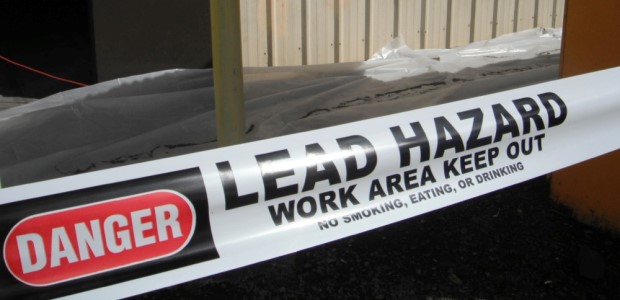
By Dane McGraw
As public and private entities continue to battle lead hazards, they've come together to provide useful information for asset owners and contractors encountering those hazards and undertaking lead abatement projects.

By Thomas R. Knight
The C-Team is constantly looking to squeeze more juice from the company lemon. Mitigating your exposure to costly accidents is the proverbial "low hanging fruit."
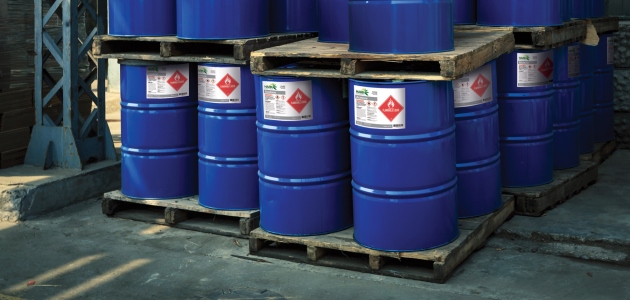
By Colwin Chan
A new survey shows more than 21 percent of companies did not meet all GHS compliance requirements.
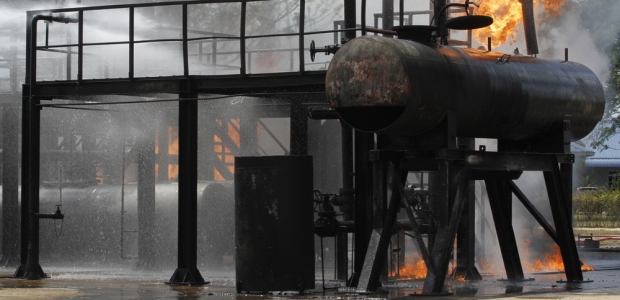
By Tim Colliton
To be compliant with OSHA's general duty clause for workplace safety, facilities that produce potentially combustible dust should do everything they can to ensure compliance with NFPA 652.
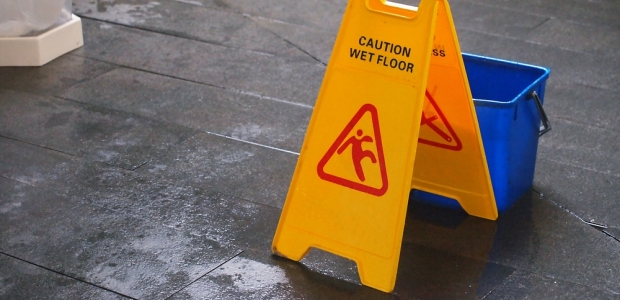
By Randy Boss
Preventing slips & falls is the only way to keep your company on firm ground.
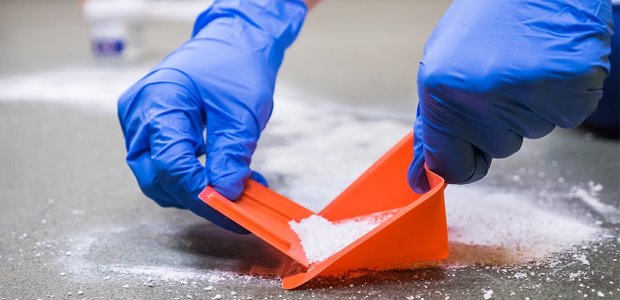
By Dennis Knapp
Most workplaces will require that the spill and the cleanup operation be documented in order to evaluate how effectively the spill response plan worked, as well as to look for ways to prevent such a spill from happening again.

By Jagan Garimella
A comprehensive EHS platform can also restructure once-manual safety procedures and contribute to the company’s digital transformation efforts.
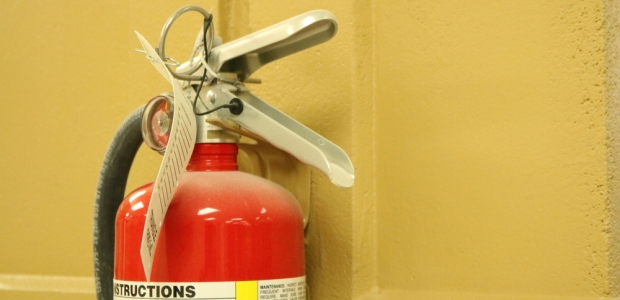
By Karen D. Hamel
Employees need to refresh their training and have drills regularly so they will be able to rely on both their knowledge and their experience when emergencies happen.
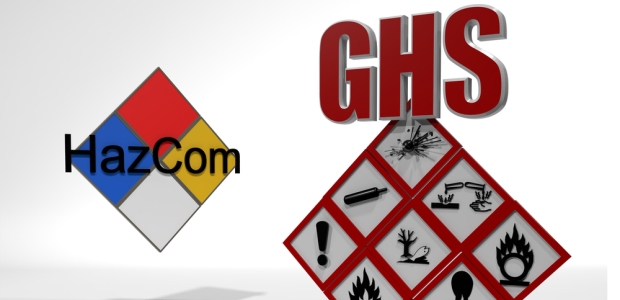
By John M. Eliszewski
Don't let complacency permeate your hazard communication program.
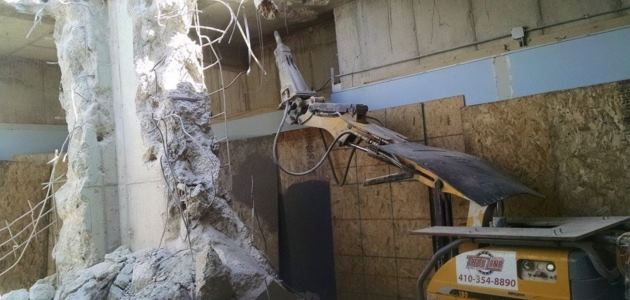
By Peter Bigwood
Companies can address an aging construction industry with sophisticated technology.
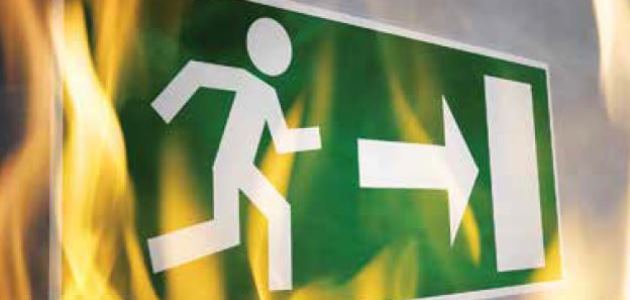
By Paula Varsamis
Time, efficiency, and protection become key factors the right respirator selection can address before a worker is ever faced with an emergency situation.

By Randy Hancock
Integrating the JHA and Work Planning processes reinforced the new philosophical approach for shifting responsibility for working safely to those responsible for planning and actually performing the work.
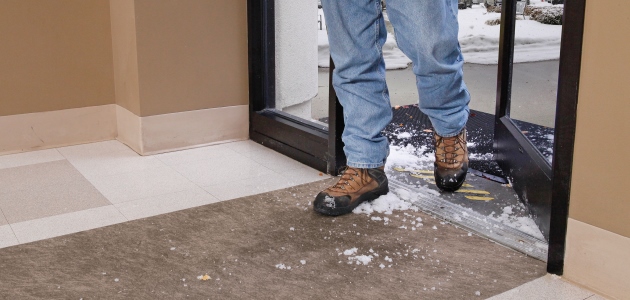
By Karen D. Hamel
Even if a fall hazard isn't specifically addressed, if it can be identified, plans need to be made to mitigate the hazard and prevent employee injuries.
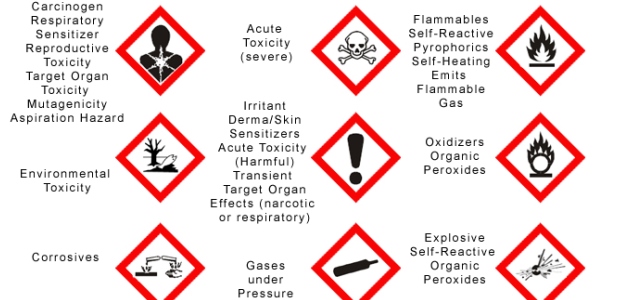
By Melissa McCaffrey
An effective HazCom training program provides employees with a deeper understanding of the dangers and emergency situations they may face.

By De Anna McIntosh
The Kentucky Fatality Assessment and Control Evaluation (FACE) program investigates fatalities and makes recommendations for preventing future similar injuries.
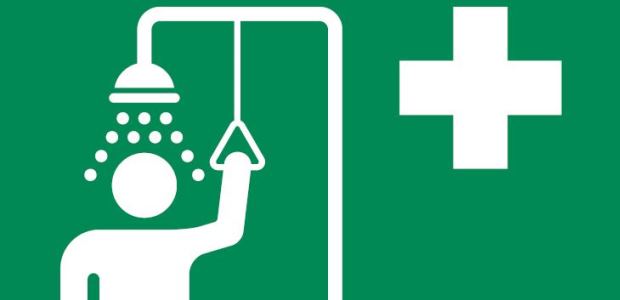
By Jerry Laws
Placement of the emergency equipment is very important. A person in pain and with possibly obstructed vision should be able to traverse the path from hazard to the flushing units within seconds.
Departments
By Shawn M. Galloway
There will always be new opportunities for greater efficiency and new results. If you are indeed doing the right things, how could you be better at it?
By Robert Pater
Even very small changes in seven postural elements can show a strong effect on balance, strength—as well as on internal states.
Because potential budget cuts could hit federal agencies’ research budgets hard, the timing of the decision is unfortunate.